by Ken Gargett
I am writing this on the very day on which No Time to Die, the latest James Bond film, was originally intended for release. I guess that means I probably should be writing about Bollinger, James Bond’s preferred champagne these days (it was not always thus: if one goes to the books of Ian Fleming or the early films, Dom Perignon and Taittinger Comtes were often in his glass), but I have recently written about the latest Bolly.
The producers of the film took a very early decision to delay the release until year’s end thanks to COVID-19, a decision that incurred worldwide derision at the time. Who is looking clever now?
So, vodka.
For anyone not having spent the last 50 years living under a rock, it will come as no surprise that we can expect Bond to enjoy his usual array of drinks. But wait, oh say it ain’t so, there are rumors he actually drinks non-alcoholic beer in this flick. Fiction it might be, but who is going to believe something so far-fetched?
Bond has a habit of drinking vodka regularly and this includes his famous “shaken, not stirred” vodka martinis.
I think that vodka martinis are an indication of the decline of Western civilization. Martinis should be gin. Gin, gin, gin, and nothing else. And, yes, I know that a great many disagree. For me, vodka should be chilled and sipped neat. Perfect. I will accept a good Bloody Mary as a compromise.
Not that a sane man would ever question Bond, but he does not always get his drinks right – his first martini back in Fleming’s Casino Royale was a mix of gin and vodka (which might even be more of a capitulation to the enticements of the devil) plus Kina Lillet, making the famous Vesper.
007’s worst faux pas, by a very long shot, was in On Her Majesty’s Secret Service when George Lazenby ordered a 1957 Dom Perignon; ’57 was a horrible vintage almost everywhere and certainly in Champagne. And Dom Perignon never made a 1957.
In Lazenby’s defense, he did manage more than a passable knowledge of Beluga caviar, an essential, if horrendously expensive, accompaniment to a great vodka.
And after that interminably long digression, for which I apologize, we have arrived. A new (well, newish) Russian vodka called Beluga.
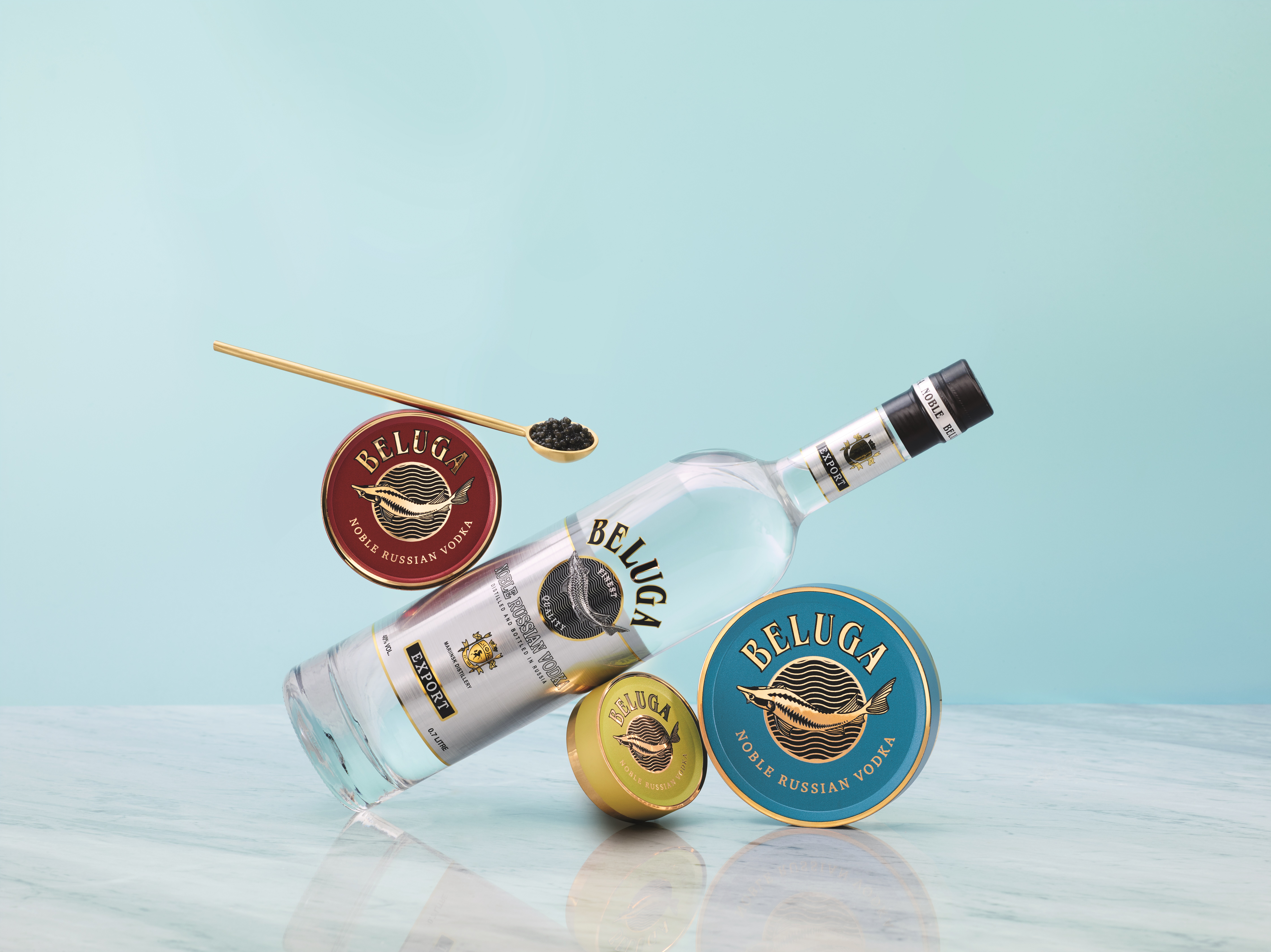
Beluga vodka and some caviar
Beluga vodka from Siberia
Beluga vodka hails from Siberia, from the Marlinsk Distillery, which was founded in 1900. The water used is from Siberian artesian wells.
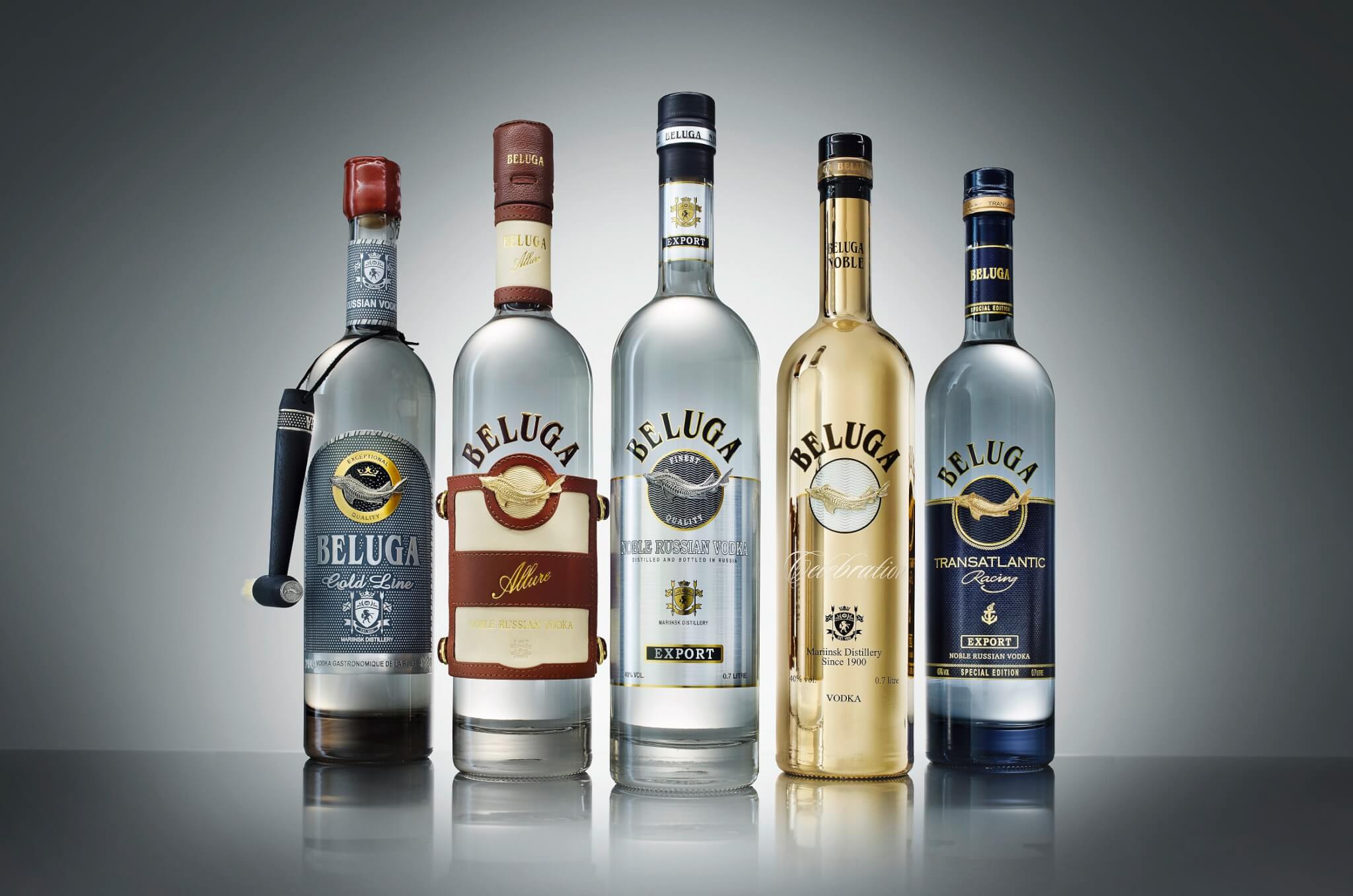
Beluga’s vodka range (“levels” if you will)
Beluga’s first vodka was bottled in 2002, and the distillery has several “levels”: Noble, Celebration (a limited edition vodka made to celebrate the centenary of the distillery), Transatlantic Racing, Allure (to celebrate the Russian Polo team), and the top of the line, the Gold Line.
When I say top of the line, there is another. For around ten grand Aussie, you can buy a bottle of Beluga’s Epicure by Lalique, but you’ve probably got more chance of finding a kilo of genuine Beluga caviar on special at your local supermarket than a bottle of this. Only 1,000 of these handcrafted decanters were made.
I would also say the Gold Line is such an exquisite vodka, at around AUD$180 a bottle, there is no point in chasing the Epicure.
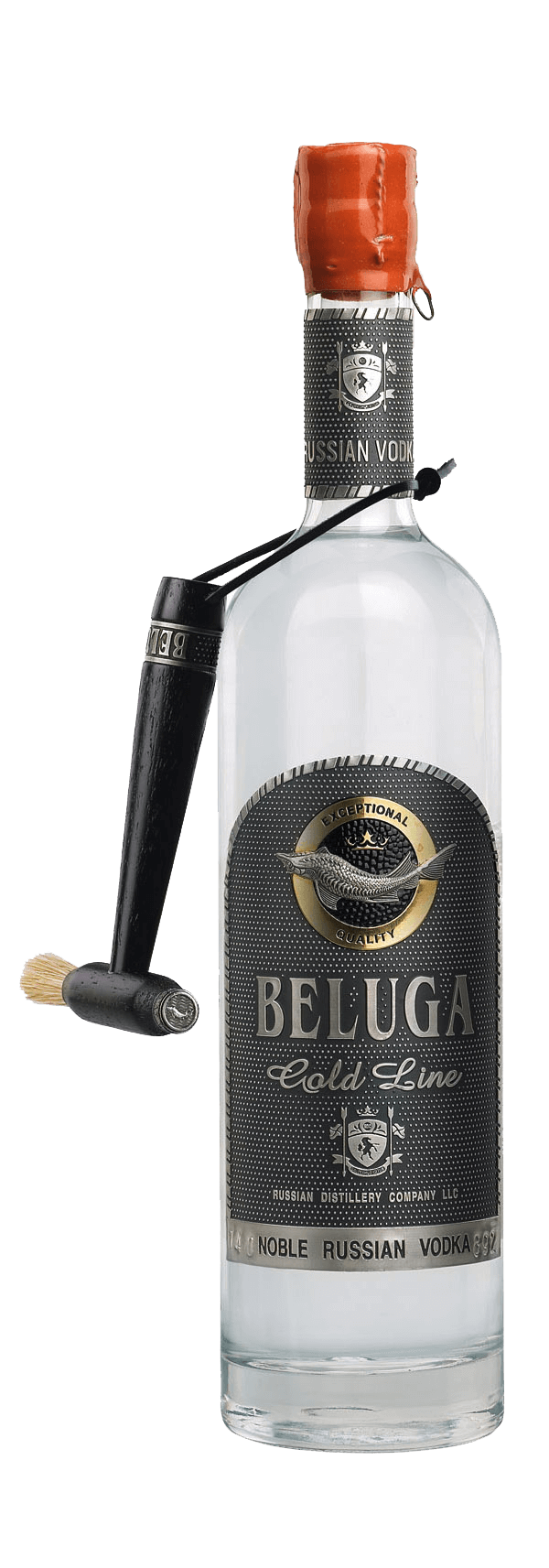
Beluga Gold Line vodka (break glass in case of emergency)
The Gold Line is filtered five times rather than the usual three. Beautifully packaged in a leather box and with a wax seal, it comes with a little hammer/brush thing, supposedly to clean up the cracked wax when opened, but I am certain that it will come in handy for other things. At the moment, though, short of joining an archaeological dig, I’m not sure what.
The spirit used here is from malted wheat rather than mixing grains. We are told that this means there are a higher number of enzymes and that this reduces, even eliminates, the need for the usual additives.
After the five filters, rice extract and golden root extract (rhodiola rosea) are added to enrich the vodka. Apparently, this is an old European tradition. Each distillery would have its own, presumably secret, recipe. In addition, after the filtrations, there are apparently tiny quantities of honey, oat extract, and the extract of milk thistle added before the vodka is cut with that Siberian artesian water. 40%.
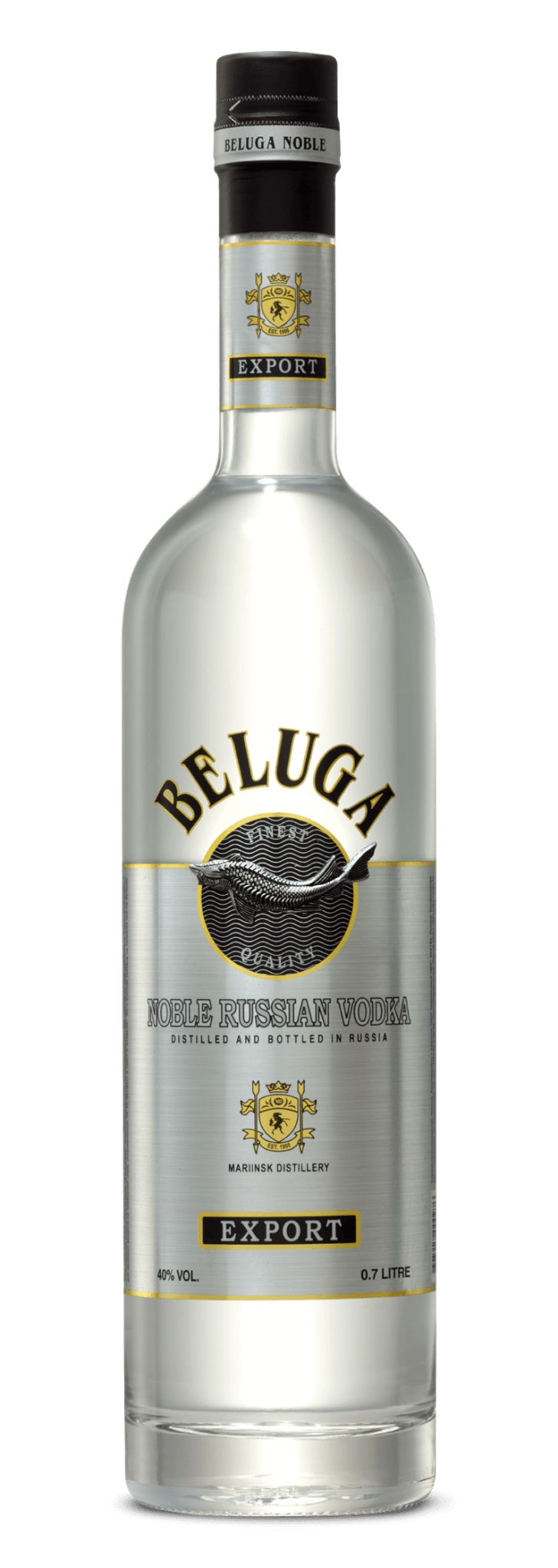
Beluga vodka
Beluga Gold Line vodka tasting notes
I’m not a regular vodka drinker – I managed to dodge the vodka craze of some years ago – but that may well be because I have not encountered one like this. It is extraordinarily smooth, mellow, balanced, and lingering. The texture is gorgeous, velvet cushions. Amazingly creamy.
There are notes of spices, pears, apples, a hint of a freshly baked apple and cinnamon pie. There is the merest hint of a peppery vanillin note. Pristine and ethereal. This is a first-class vodka, as good as I have ever encountered.
I suspect a significant percentage of vodka ends up in various cocktails (and thanks to our misguided MI6 hero, vodka martinis), and that is fine. For me, putting this into a cocktail would be to waste a truly elite spirit, though top bartenders could no doubt concoct something special with it.
My understanding is that the typical Russian method of drinking vodka is that it be done with friends and food, something like the Russian version of tapas, though no doubt one can come up with whatever works for you.

Beluga vodka
Given that anything involving vodka seems preordained to end up in a series of more and more bizarre toasts, a little food is essential. With Gold Line, I’d be looking for top seafood. Perhaps Spanish anchovies or fresh oysters. Caviar, of course, if the budget extends.
Serve chilled. The freezer if you like. I tend to start from the freezer but then move to the fridge to take off the edge. Too cold and one can mute the flavors. But definitely cool is a plus.
Finally, I’m told that Gold Line appears in Jennifer Lopez’s “Ain’t your Mama” video, but I can’t honestly say that I spotted it (nor that I looked very closely for a vodka with Ms. Lopez doing her thing).
If 007 had ever tried this vodka, I doubt he’d have been tipping it into martinis.
For more information, please visit www.belugagroup.ru/en/brands/vodka/beluga.
You may also enjoy:
Why Independent Russian Watchmaker Konstantin Chaykin Is A Movie Star
The Radio Room: Russian Watches In Action (And How The Titanic Changed Everything)
A Short History Of The Russian Watch Industry And Where It Is Today
A Brief History Of Fabulous Fabergé Eggs
Fabergé Pearl Egg: The First Imperial-Class Egg In Nearly 100 Years
Leave a Reply
Want to join the discussion?Feel free to contribute!







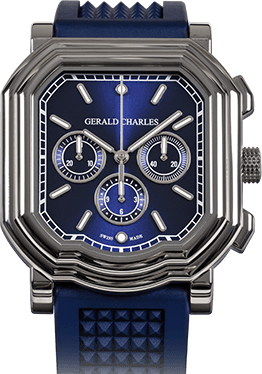
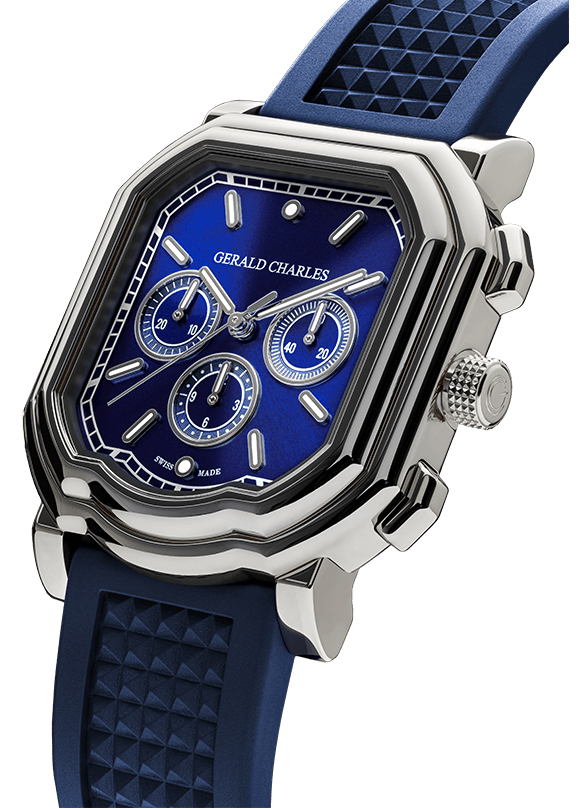

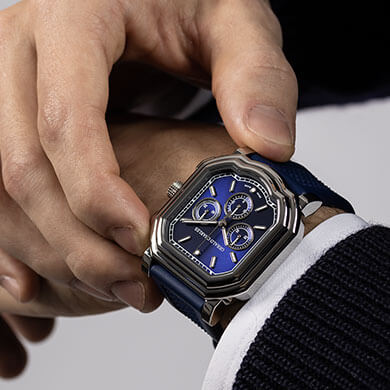
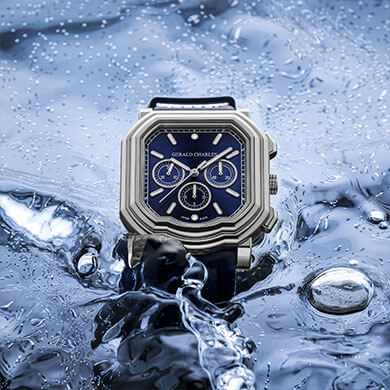

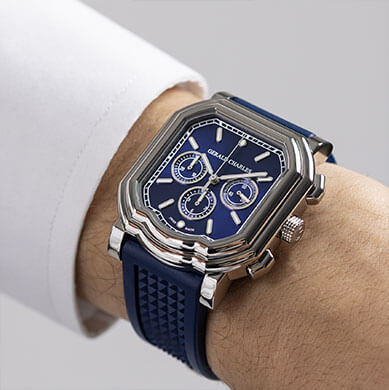



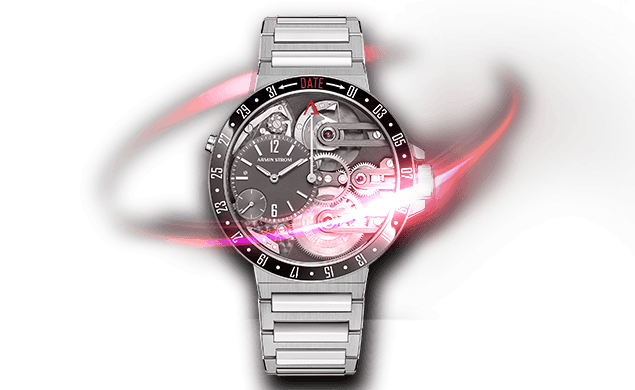
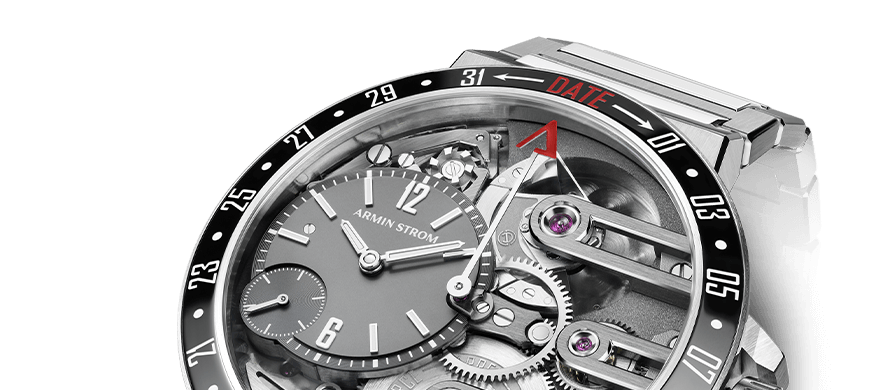
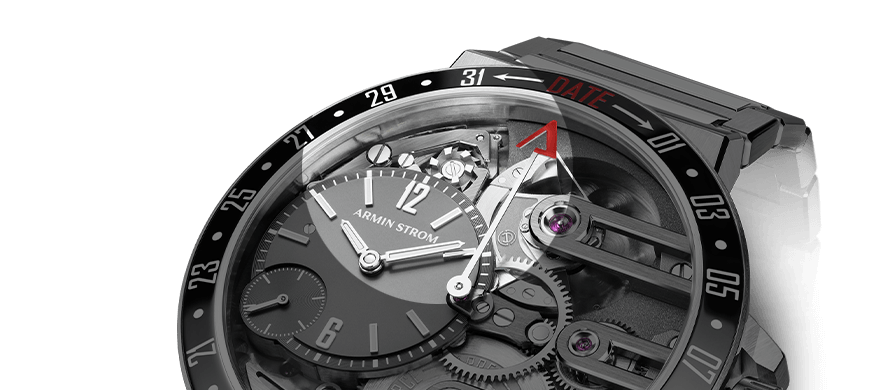


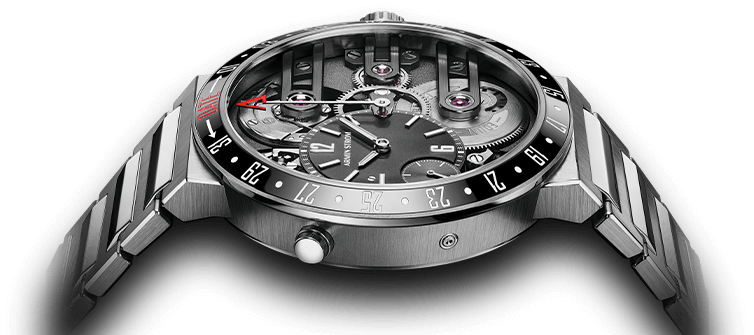


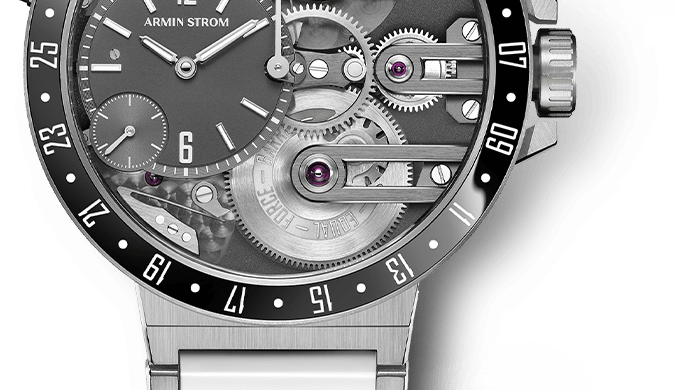
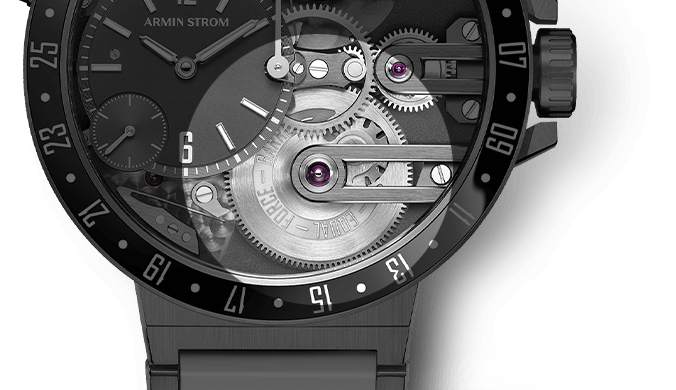















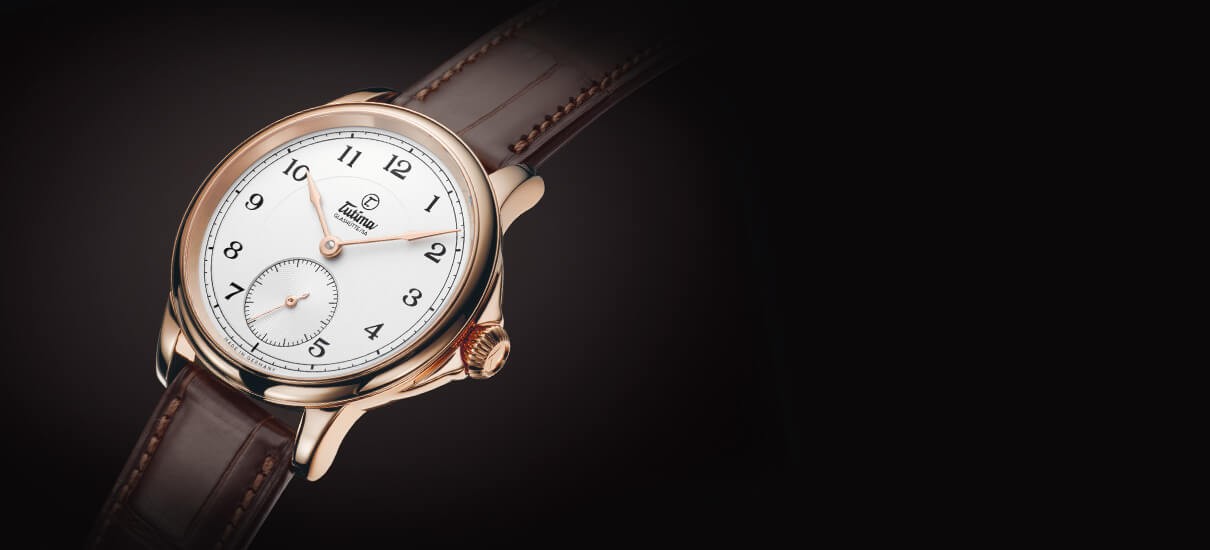





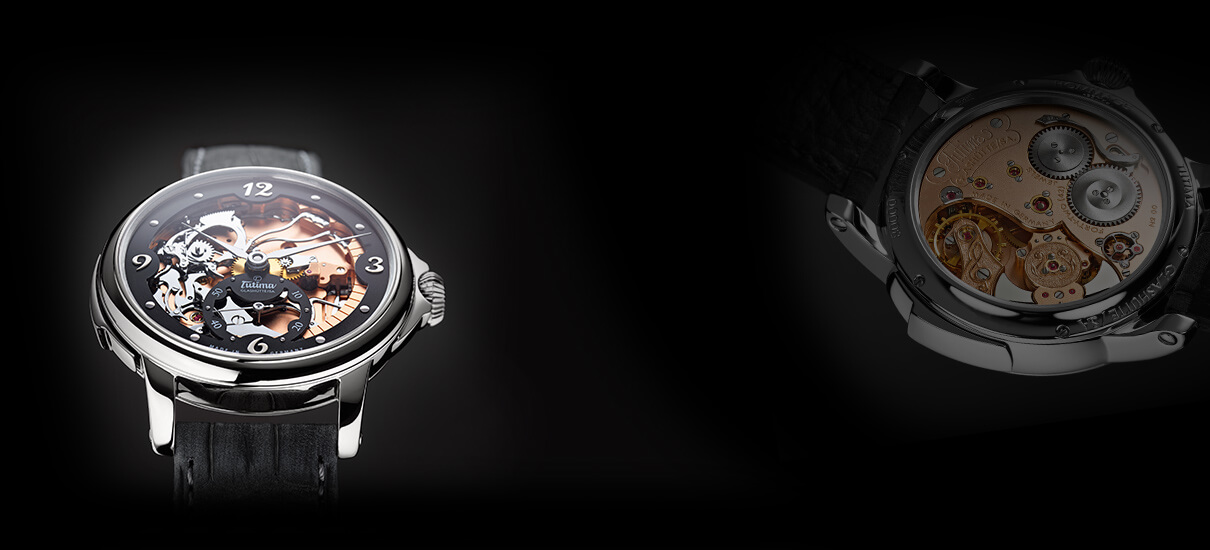



You don`t sip vodka, you down it and another way of serving it, is not from chilled or frozen bottle but pouring it from room temperature bottle in very, very chilled glass. Na zdrowie!
Hi Stanislaw, many thanks for the thoughts. I will definitely try the suggestion re glasses. As for sipping/downing, twenty years ago, i might have agreed with you but these days, I am more likely to be found sipping than downing. sadly.
best
kbg